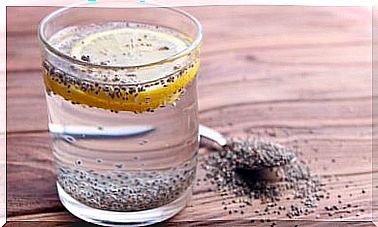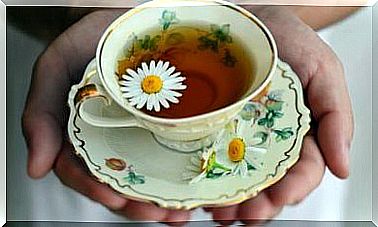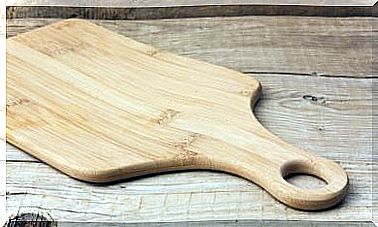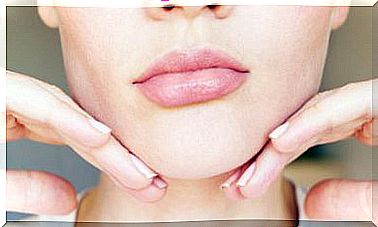How To Reduce Foot Swelling
Avoiding a sedentary lifestyle is essential to promote circulation and reduce foot swelling. Likewise, following a balanced and low-salt diet can also help us improve the condition.
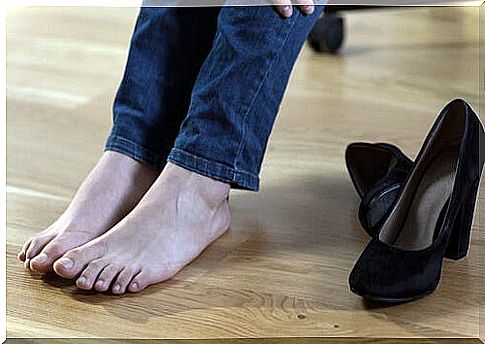
More common in older people, pregnant women and sedentary employees, inflammation of the lower extremities can be painless or bring various complications. We refer mainly to the so-called swelling of the feet.
The problem occurs when fluid builds up abnormally in the interstitial space (known as edema). In this article we will tell you how to reduce foot swelling.
Why does foot swelling occur?
Like the legs and ankles, swelling and swelling of the feet can be caused by:
- Age
- The overweight
- Having a blood clot
- An infection
- Vein problems (they cannot pump blood properly)
- Sedentary lifestyle
- Pregnancy
- An operation
- Long trips by plane (or any means of transport)
- The menstrual cycle
- Arterial hypertension
- Heart failure
- Renal insufficiency
- Liver failure
- Taking medications, such as antidepressants or birth control
- Footwear and socks
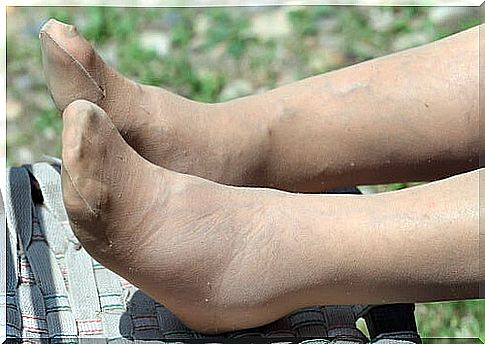
The mechanism of formation is an imbalance of the normal exchange of fluids between the intracapillary and interstitial space in the lower limbs. This exchange is the result of two pressures that act in opposite directions: hydrostatic and oncotic. The first, which is intravascular, pushes the fluid against the thin walls of the capillaries; the second draws it into the intracapillary space.
All these mentioned causes alter this fluid exchange mechanism. Among the most benign are problems in the veins (varicose veins), and among the most common, heart failure. That is why it is important to consult a specialist.
Tips to reduce foot swelling
If your feet tend to swell, it is advisable to adopt certain healthy habits. We advise you:
Soak your feet
When you get back from work or as soon as you have a free minute, fill the tub or bowl with warm water and add essential oils like almond or lavender. You can also add epsom salts or a little liquid soap.
Move your feet in all directions and then massage up and down your knee.
In this way, you will help your veins to push the blood towards the heart, avoiding the accumulation of fluid.
To walk
If you have a job where you have to be on your feet all day, try to be on the move, even if it’s taking a few steps around the place. If you spend many hours sitting in front of a desk, it would also be good to get up every two or three hours and take a short walk around the office.
In this way, you will prevent fluids from “stagnating” in the legs and will make the blood pump, increasing circulation to the feet.
Take breaks in the workday as many times as you can. Rest is essential.
Elevate your feet
The severity can cause swelling of feet. Whether you are standing or sitting for long hours, try as much as possible to bring your legs up on the table, desk, etc.
When you go to bed put several cushions at the height of the heels to sleep with the legs elevated in relation to the trunk. Some people place a wooden block on the legs of the bed to achieve the same effect.

A good habit to have when you return home is to sit on the sofa and put your feet on the table in front of you or on a chair. If you want to lie down, support them on one of the arms of the sofa.
Another idea is to lie down on the bed and lift your feet by placing them on the wall. This way, the accumulated blood and fluids will change position and the swelling will decrease.
Do exercise
Walking after work, practicing yoga, swimming, biking, choosing Pilates, or climbing the stairs are some of the exercises you can do to improve the health of your legs.
It is recommended that the practice be daily or every other day. Consistency is very important to achieve results.
If you are not a sports lover, at least take your dog for a walk around the block or take your children to play in the park. You can even vigorously clean the house!
Although it is not the same as exercising, at least, it will be the first step and an advance against a sedentary lifestyle and the problems that it entails.
Drink a lot of water
By increasing your fluid intake on a daily basis you will dilute and eliminate the toxins that accumulate throughout the body and especially those that cause inflammation in the feet. In addition, drinking water will help reduce fluid retention, which can also be a cause of this problem.
On the contrary, if you don’t drink a lot of water, you can try herbal teas or natural juices. It is important that you put aside soft drinks, alcoholic beverages, coffee and industrial juices. The recommended dose for each day is 2 liters of water.

Avoid consuming salt
You can substitute it with sea salt, pink salt, or low sodium salt. There are different “tricks” to reduce sodium intake:
- Cook without adding salt to food (or very little).
- Do not bring the salt to the table so as not to tempt you.
- Do not buy or eat ready-made foods (such as breaded, frozen, canned, etc).
The recommended daily amount for an adult is between 1,500 and 2,300 mg. Reducing salt intake will help maintain the balance between your body fluids, and prevent hypertension.
Pay attention to your clothes
Clothes that are too tight to the thighs limit blood circulation. Thus, it is advisable not to wear garters, jeans or anything that is too tight.
On the other hand, footwear may also be causing swelling. Choose models that adhere to the heel, have a good footbed, and provide room to move your toes even in winter.

If you are going to travel for many hours, it would be good to wear special socks, called “rest”. For their part, compression stockings help reduce fluid in the legs. You can get them in pharmacies.
